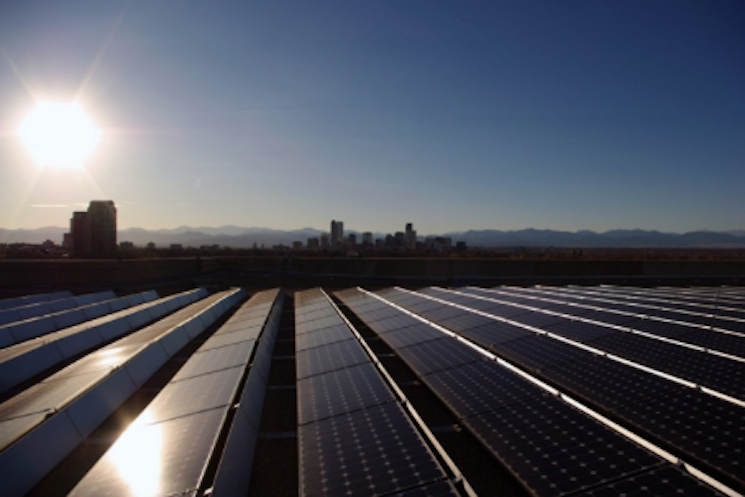By Seth Masia June 24, 2014

The numbers, as reported by the Solar Foundation, the Solar Energy Industries Association (SEIA), the U.S. Department of Energy’s national laboratories and the U.S. Bureau of Labor Statistics, are straightforward:
From 2010 to 2013, the number of solar installer jobs in the United States rose about 59 percent, from 43,934 to 69,658 (Solar Foundation Jobs Census). Note that installer jobs comprise only about half of all “solar jobs” counted by the Solar Foundation.
New photovoltaic (PV) capacity rose over the same period by 459 percent, from .85 megawatts per year to 4.75 MW per year (SEIA).
Cost per installed watt fell 32 percent, mainly due to the plunging price of silicon modules from China, and lower-cost inverters, too. But even if you cut out those major hardware costs, permitting, design, labor and balance-of-system costs fell 40 percent over the period (Tracking the Sun VI).
Meanwhile, wages barely moved. The median hourly pay for a journeyman electro cian rose just 3 percent (Bureau of Labor Statistics).
Do the math. Kilowatts bolted up by each installer rose 253 percent over four years — clearly a major contributor to cost reduction. How did that happen? Was it the boom in utility-scale projects, ground-mounted with production-line methods? Better training and longer experience for rooftop crews? Breakthroughs in integrated racking and wiring solutions?
The experts say it’s all of those. “We’ve definitely grown more efficient on installation costs,” said Blake Jones, president of Namasté Solar in Boulder, Colo. “It’s difficult to tell how much of that is from streamlined operations, how much is from new products like integrated grounding, which saves a lot of time. Much of it comes from improved training and experience. There are some issues that work against cost reductions. NEC has some new requirements that have caused some pain. And of course the utility-scale worker installs more wattage per hour or day.”
And experience counts a lot. “We have more solar veterans in the workforce,” Jones said. “The average candidate is more experienced, more likely to have the electricians license and PV installation experience.”
What’s happened with installer wages? “Wages went down after 2008 when the housing market collapsed,” Jones said. “Now they’ve come back up to prerecession levels.”
Tanguy Serra, chief operating officer at SolarCity, has no doubt that efficient rack- ing hardware plays a huge role in improving productivity. “We track the number of jobs per day per crew, because that’s what the customer experiences. Before we used Zep, the average job took 2.4 days, and the customer had to be at home for that period. After we adopted Zep, it dropped to one day.” That transition began early in 2010 and culminated with SolarCity’s purchase of Zep late last year. The rise in productivity accords very nicely with the industry-wide improvement of 253 percent.
Productivity can vary considerably based on the roof design: a steeply-pitched roof can require a day-and-a-half, an easy flat roof just 6.5 hours. But there’s not much difference region to region, Serra said.
“The other important development is the efficiency o f panels,” he said. “With 250-watt panels you have 20 percent less work than with 200-watt panels.”
f panels,” he said. “With 250-watt panels you have 20 percent less work than with 200-watt panels.”
Training makes a difference. +3% “We’re growing fast, and hire about 15 people a day,” Serra said. “We put everyone through SolarCity University, and on any given crew the majority of people have significant experience with us.”
A big plus for the company is the combination of focused sales with efficient scheduling tools. SolarCity looks for density: It’s a lot cheaper to install on two houses in the same neighborhood than separated across town. “So we want demand high,” he said. It’s simply easier to schedule back-to-back jobs if you have a backlog.




